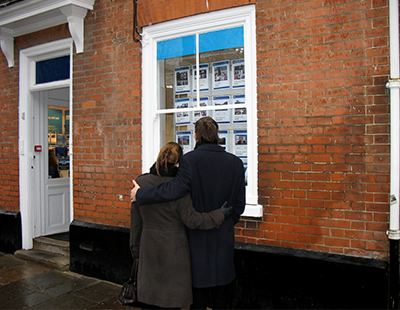
Analysis by the Nationwide suggests that the proportion of UK-wide stamp duty payments paid by purchasers in the south east of England are likely to have risen again.
“The abolition of the “slab” structure of stamp duty tax rates [in 2014] is unlikely, by itself, to have increased the total amount raised ... But, by making the system more progressive, with higher valued properties paying an even greater share of total tax than before, London and the South East are likely to be paying an even greater proportion of SDLT than under the old ‘slab system” says Robert Gardner, chief economist at Nationwide.
“This trend is likely to be further exacerbated by the introduction of the three per cent levy on second homes in 2016, given the greater role of the private rental sector and investment properties in London and the South of England. While the data is not yet available from HMRC, it is likely to show that London and the South of England also recorded a higher concentration of transactions, attracting the additional three per cent stamp duty levy on second homes” adds Gardner.
Government data recently revealed that stamp duty revenues reached all-time highs in cash terms in recent quarters, hitting £12.8 billion in the 12 months to the end of June 2017, well above the previous £10.6 billion peak recorded in late 2007, before the credit crunch.
“This may appear surprising, given that the number of residential property transactions in the year to June 2017 was 30 per cent below that recorded in the same period of 2007” says Gardner.
He says higher house prices are part of the explanation.
UK prices are 12 per cent above their 2007 peak. More importantly, house prices in London, the Outer Metropolitan and the Outer South East regions are significantly higher (56, 38 and 26 per cent higher than 2007 respectively), according to Nationwide figures.
“This is important because these regions contribute significantly more than their share of revenues as house prices are well above the UK average. For example, in 2007, London and the Outer Metropolitan regions accounted for 25 per cent of housing transactions, but an estimated 50 per cent of total stamp duty revenues (in England & Wales).”


























Join the conversation
Be the first to comment (please use the comment box below)
Please login to comment